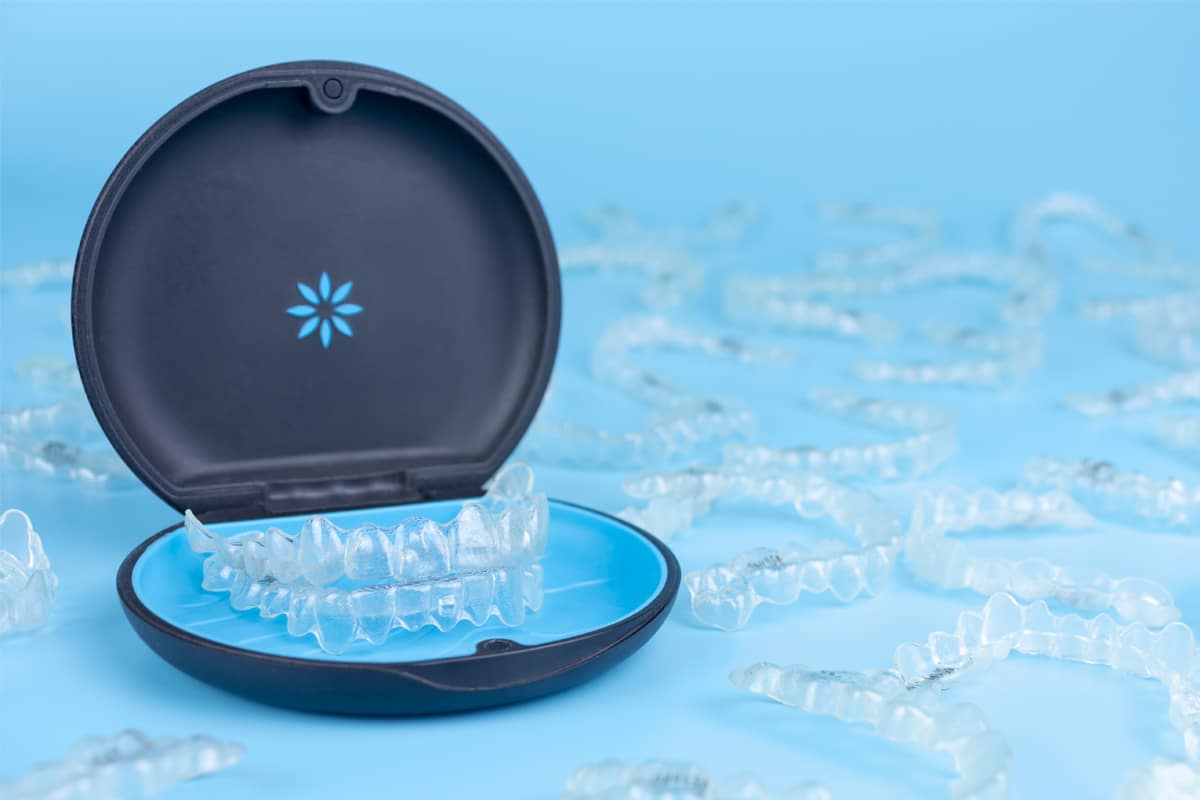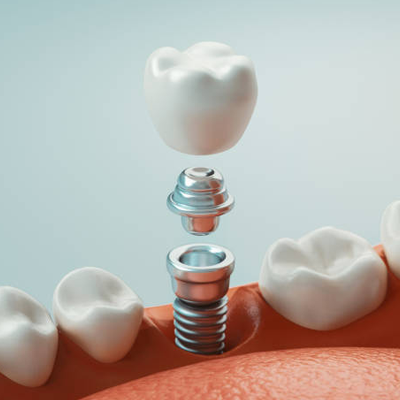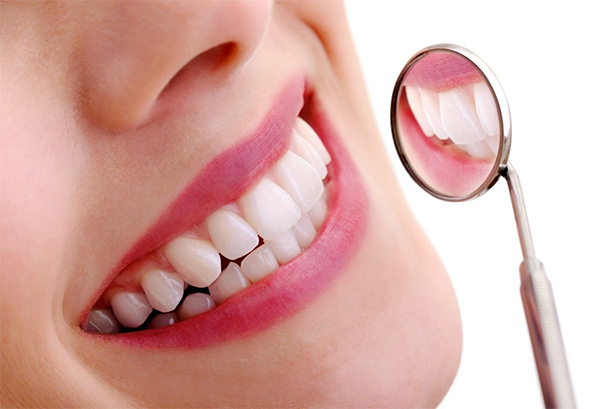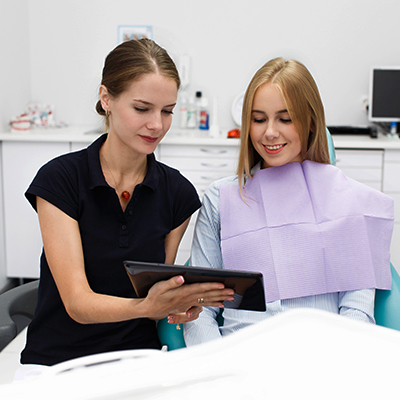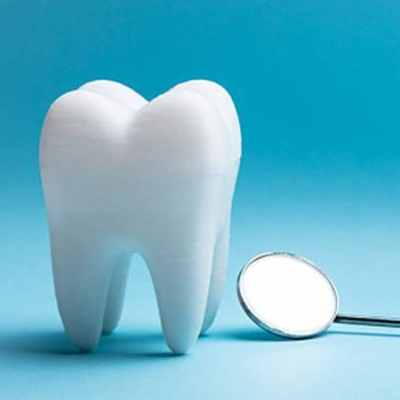
Dental Care at Home: A Guide to Better Oral Health
Good dental care is essential to maintaining healthy teeth and gums. Taking care of your smile at home is not only important for the health of your mouth, but also for your overall health and well-being. This guide outlines the basics of dental care at home, from proper brushing techniques to information about flossing and other treatments. We’ll also provide tips and advice to ensure you’re taking the best care of your teeth, gums, and overall oral health.
The Basics of Brushing
When it comes to brushing your teeth, there’s more to consider than just what type of toothpaste you use. An effective dental care routine requires the right technique and timing as well. Here are some tips for proper brushing:
• Choose a toothbrush with soft, rounded bristles.
• Replace your toothbrush every three months (or sooner if it starts to look worn out).
• Use a pea-sized amount of fluoride toothpaste.
• Angle the bristles towards your gum line and brush in circular motions.
• Brush for two minutes, paying extra attention to the back of your teeth.
• Spit out excess toothpaste after you’re finished brushing.
Electric Toothbrushes
Electric toothbrushes offer several advantages over manual brushings, such as being able to reach hard-to-reach areas and providing a more thorough clean. They can also be helpful for people with limited mobility or dexterity. Look for toothbrushes that are ADA-approved and have soft bristles to avoid damaging the gums.
Timing
Brushing your teeth twice a day is the standard recommendation, once in the morning and again at night before bed. Some dentists also recommend brushing after meals if possible. Doing so can help remove food particles and prevent plaque buildup.
Flossing
Flossing is just as important as brushing when it comes to oral health care. The American Dental Association recommends flossing at least once a day, ideally in the evening before bedtime. Here are some tips for proper flossing:
• Cut a piece of floss that is approximately 18 inches long.
• Wrap the ends around your middle fingers, leaving a few centimeters between them.
• Use your thumbs and index fingers to slide the floss in an up-and-down motion against each tooth.
• Curve the floss around the base of each tooth, gently rubbing against the sides.
• Rinse your mouth when you’re finished flossing to remove any debris.
Interdental Brushes
Interdental brushes are an alternative to flossing for people who find traditional flossing difficult. They are small brushes that fit in between the teeth to remove food particles and plaque buildup.
Water Flossers
Water flossers are electric devices that use a stream of water to clean between teeth and along the gum line. They can be especially helpful for people with braces, crowns, and bridges.
Mouthwash
Mouthwash is another important part of your dental care routine. It can help reduce the amount of plaque and bacteria in the mouth and prevent bad breath. Look for an antiseptic or fluoride mouthwash to get the most benefit from it. Swish the mouthwash around in your mouth for 30 to 60 seconds before spitting it out.
Antiseptic Mouthwash
Antiseptic mouthwashes contain ingredients such as alcohol and essential oils that help kill bacteria in the mouth. These products are especially helpful for people who have gum disease or other oral health issues.
Fluoride Mouthwash
Fluoride mouthwashes contain fluoride, which helps strengthen tooth enamel and prevent cavities. They are recommended for people with a high risk of tooth decay.
Diet & Nutrition
Eating a balanced diet is an important part of maintaining good oral health. Limit sugary and acidic foods, as they can contribute to tooth decay. Eat plenty of fruits and vegetables, which are high in vitamins and minerals that help keep your teeth strong.
Foods to Avoid
Soda, candy, pastries, and other sugary snacks should be avoided or consumed in moderation. Acidic drinks such as sports drinks and energy drinks can also damage tooth enamel.
Foods to Eat
Fresh fruits and vegetables are excellent sources of vitamins and minerals that help keep your teeth healthy. Dairy products such as milk, cheese, and yogurt contain calcium for strong teeth and bones. Lean proteins such as fish, lean meats, and eggs are also important for dental health.
Professional Dental Care
In addition to brushing, flossing, and eating a healthy diet, it’s important to visit your dentist regularly for checkups and cleanings. During these visits, your dentist will examine your teeth and gums for any signs of decay or disease. They may also recommend additional treatments such as fluoride treatments, sealants, or fillings.
Conclusion
Maintaining good oral hygiene is an important part of overall health and well-being. Brushing twice a day, flossing at least once a day, using mouthwash, and eating a healthy diet can all help keep your teeth and gums healthy. It’s also important to visit your dentist regularly for checkups and cleanings. Taking these steps will ensure that you have a bright, healthy smile that lasts a lifetime.
Q1: How often should I floss?
A1: It is recommended that you floss at least once a day.
Q2: Is it OK to use mouthwash every day?
A2: Yes, using an antiseptic or fluoride mouthwash every day can help reduce bacteria and prevent cavities.
Q3: How often should I visit the dentist?
A3: Most dentists recommend that you have a checkup and cleaning at least twice a year. However, depending on your oral health needs, your dentist may suggest more frequent visits.



